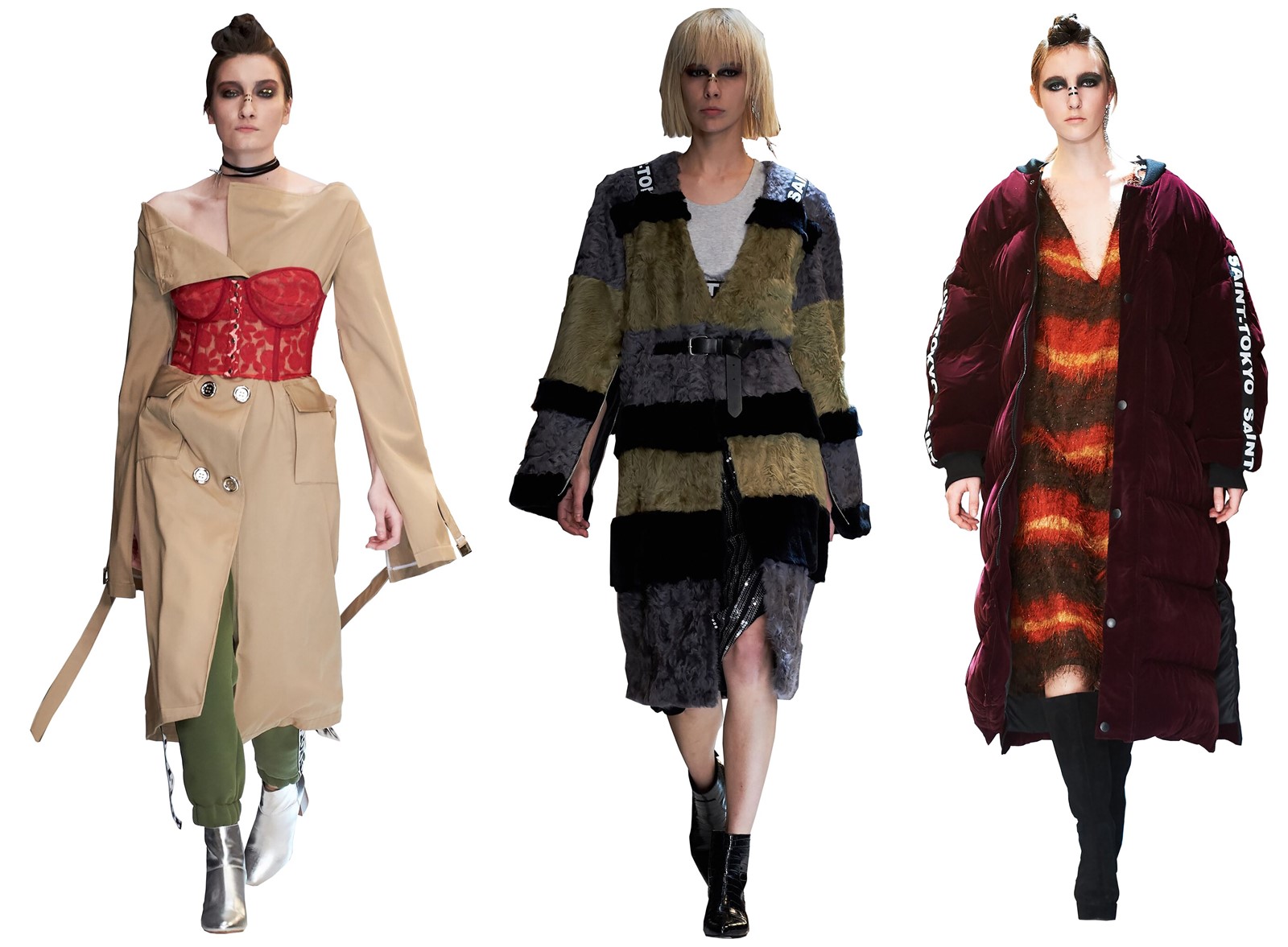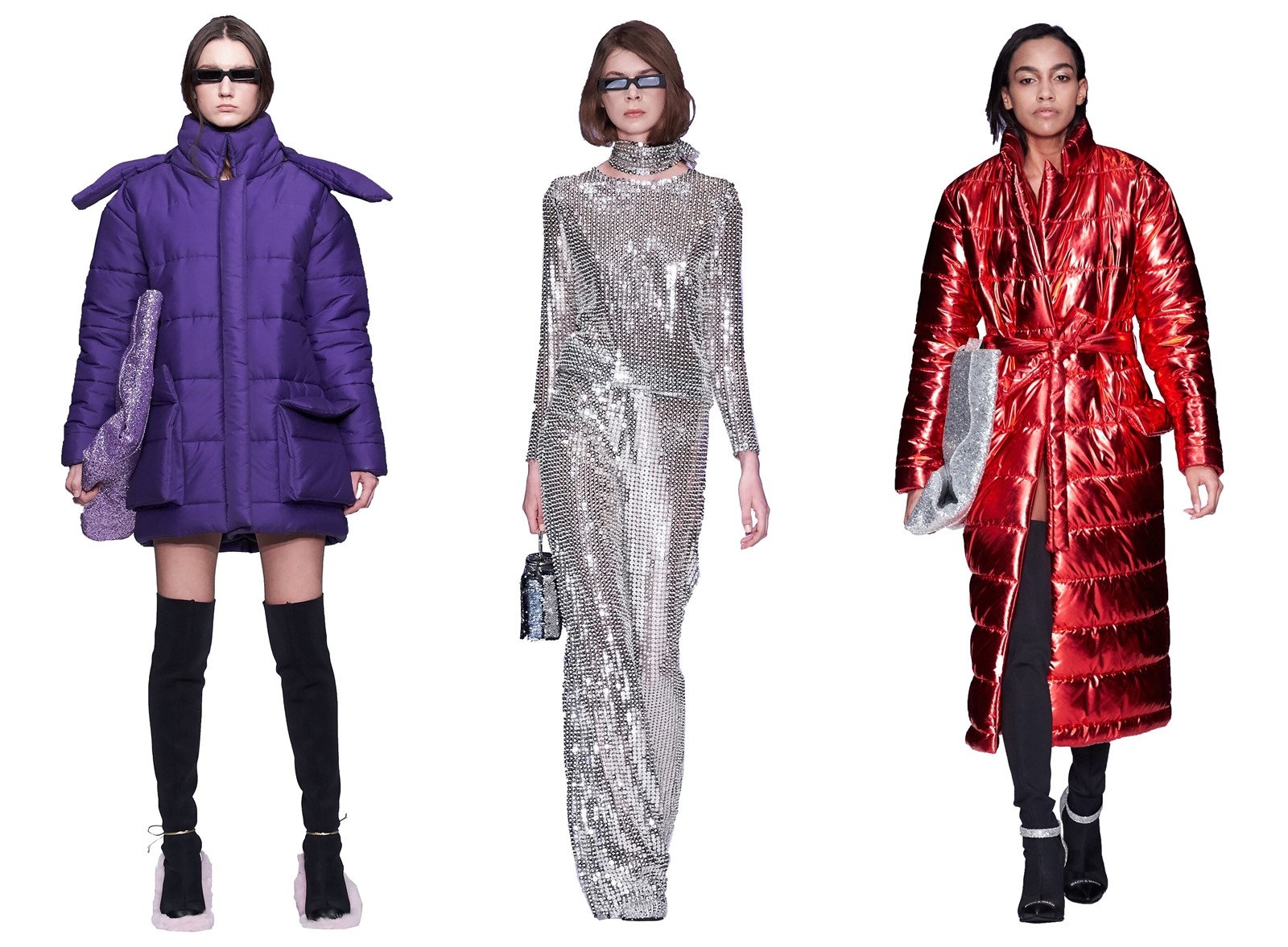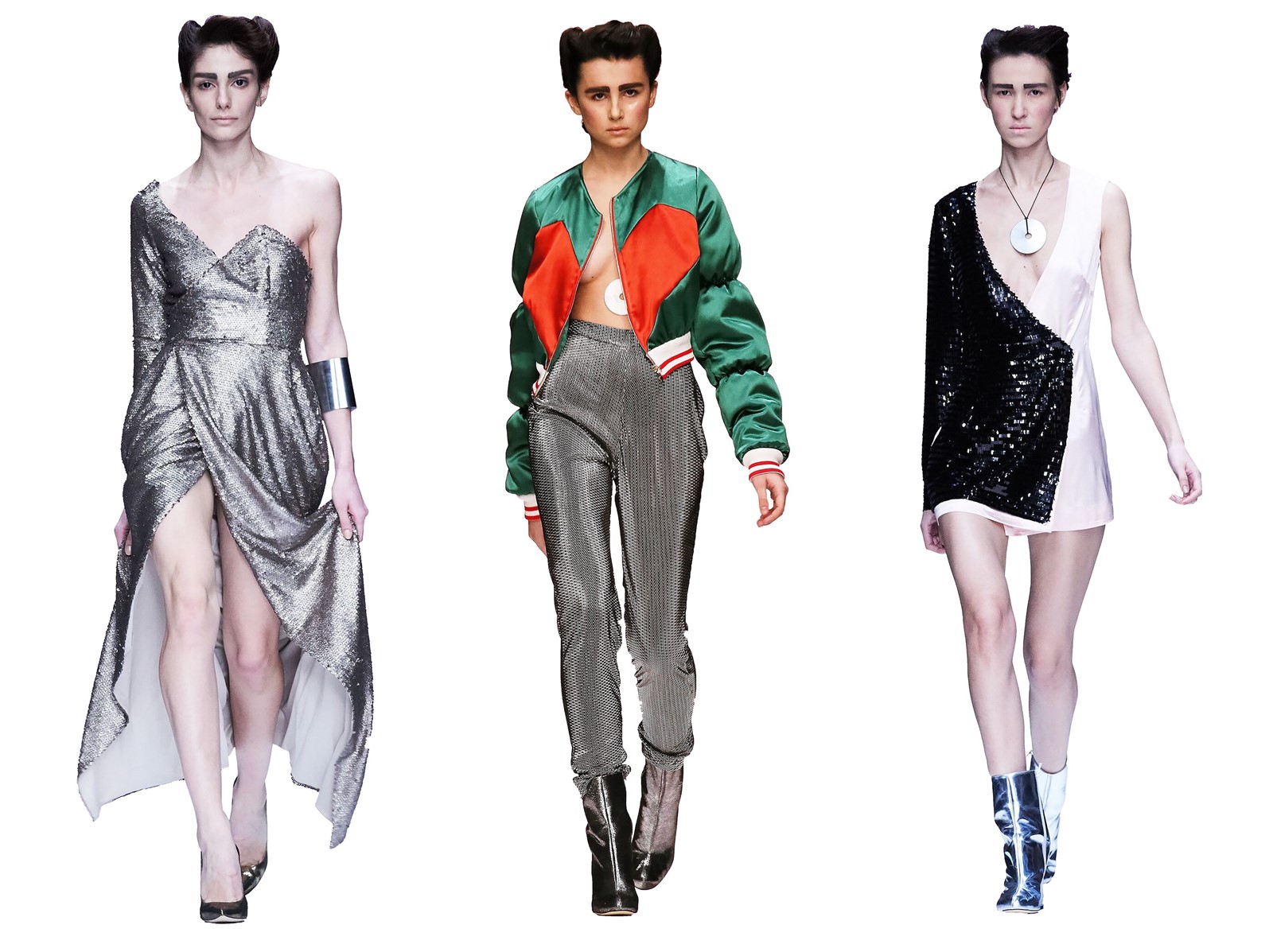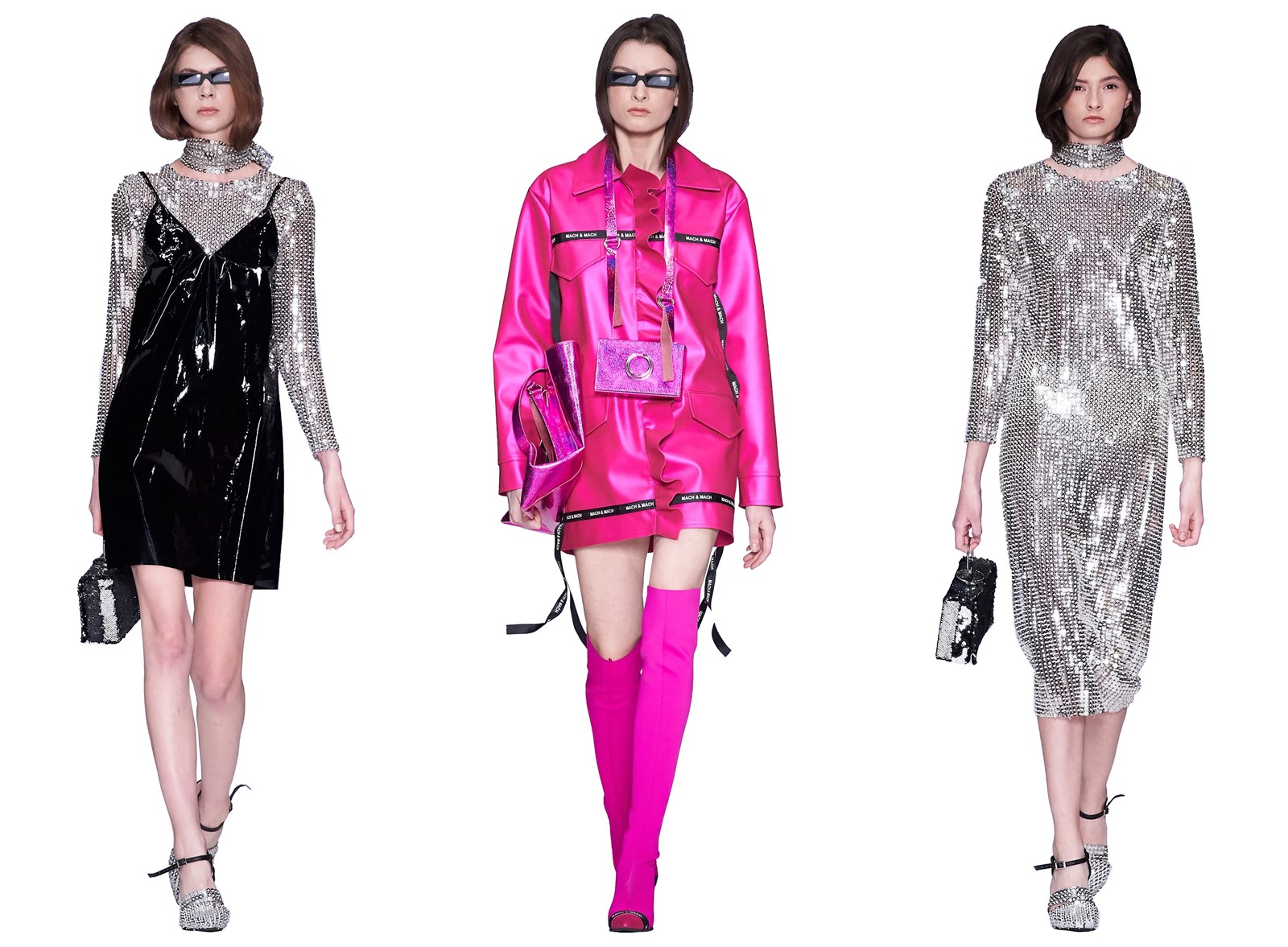When I first visited Mercedes-Benz Fashion Week Russia, in early 2013, the Anglophone world viewed Moscow a bit differently to how it does today. The Kremlin, which sits so close to the venue you could hit it with a tossed rock, did not seem to loom so large over the proceedings.
A young generation of designers was taking the stage, and pulling Russians – and many in other former Soviet countries – away from the heady spend-big-and-import-flashy-Italian-labels days of the 1990s, towards interest in local design and heritage. And as they presented this new reality in Moscow and to foreign audiences, they were unhindered by associations with political leaders.
Then came Ukraine, Crimea, and sanctions against Russia. While the economic screws actually provided a kind of backwards benefit, by weakening the ruble and making local brands relatively cheaper, anti-Russian prejudice also reared its head for the first time since the Cold War. But in shaping Western perceptions, none of that compared to the storm of the last six months. Trump, Putin, Syria, constant suspicions of secret international collusion, and wild conspiracies that there may be a Russkie hidden under every American bed.
At the same time, those same young designers – who, of course, made none of these geopolitical decisions over the last four years – continue to live and create just as before. Not everyone who shows at MBFWR is even Russian. But most of them are still subjected to annoying English-language questions (some, we admit, from us) about politics and the shadow the nearby Kremlin casts.
Early in the festivities, one attendant made sartorial reference to this prickly situation. The adolescent cut a dashing figure in a “Make America Great Again” hat, and a Putin t-shirt. Approached by an American journalist for a picture, he agreed, but quickly realising the irony might not come across as well in the USA, he shouted “But it’s a joke!” It was a wry comment on being young, fashionable, cosmopolitan, even effeminate, but somehow still associated with a macho leader and the American-elected president his country is blamed for.
As the event went, on, and in the weeks since it ended, we spoke to organisers and three of the event’s most interesting designers on what they had built and what they hoped to accomplish, and how they’ve overcome the strange days of early 2017.
Alexander Shumsky, President and founder of Mercedes-Benz Fashion Week Russia
Alexander Shumsky, who has been with the event since its inception, says that “sanctions can create an overall negative environment and feeling towards Russians. So of course it would be good for Russia and the rest of the world to cut such artificial sources of tensions.” At the same time, it’s possible that “Ironically, the current wave of “anti-Russia hysteria” can even, paradoxically, help to make the event more international,” he said. “At the moment Russia is in the spotlight, and people are even more interested in visiting Moscow.”
Like many others, Shumsky points to the fact that the negative environment over the last few years has pushed down the value of the ruble, allow Russian products to position themselves better for export. “The progress of local industry is visible. We have gathered a lot of creative minds at the Russian Fashion Council that drives changes of local fashion landscape. They launched the Fashion Futurum international conference which had its second meeting this march with over 3,000 attendees,” he said, adding the industry is working with Russian Post on simplifying e-commerce and sales in Russia and abroad.
Over the last few years, Shumsky and MBFW watched what has been called a “nationalist” turn in Russian culture and even fashion, but he said this grounding in Russian identity has become more subtle while persisting. “Many, but not all, designers are more inspired by national art and heritage than before. This year, a few emerging designers drew upon Russian patterns and craft techniques and combined them with global influences. For example, Artem Shumov used the motif of rare Zaonejskaya embroidery. Lumier Garson took famous Vologda Lace as inspiration, and Saint-Tokyo was inspired by traditional Pinej costumes. The younger generation is taking things much further than those who have been on the market for a decade.”

Yury Pitenin, Saint-Tokyo
“We were primarily inspired by emigration after the 1917 revolution. Aristocrats were forced to abandon everything in an attempt to survive. So they put all of their most precious things onto themselves and ran away,” said Pitenin, who was raised between Saint Petersburg and Tokyo, describing an extremely eclectic collection, which offered an obvious hat-tip to 90s brand Vision Streetwear. “We re-imagined how this would look in the present, a young aristocrat who has lost everything, has no money, and has to work somewhere in Europe.” While his influences are rooted in his home country, he is looking for recognition that extends far further than here. “At least I want it so. I dream so. Everybody wants international recognition and success, as confirmation of talent. I’m not an exception.”
His show may have been close to the seat of Russian power, but he said, “I am as far from politics as possible, and I hope that it will stay so. Do not get me wrong, I love my country, but politics is a dirty business. In any country around the world.”

Gvantsa and Nina Macharashvili, Mach & Mach
Sisters Nina and Gvantsa travelled from their home of Georgia to Moscow, crossing some often-contested borders to be with friends, business partners, and clients. “Well we have customers here, important customers, here, at home and abroad,” said the two, speaking in tandem or finishing each other’s sentences. “As for creative decisions, we are Georgian but we have tried to create something really international.”
Their show, which they termed “Girls Democracy,” featured monochrome suits in bold colours and equally obvious signs proclaiming “Never give up” and “Girls doing whatever they want.” But this vision of femininity they said, was inspired by the 1990s – when, they sheepishly admit, they grew up – which was very different in Georgia than it was on Friends. “It was an inspirational time, there was war, there was independence, and from this moment women took a place as a stronger force in our society,” they said. “But the 1990s was, honestly, the most important decade for women’s rights in Europe and USA, but Georgia as well. We are located right between Europe and Asia, and perhaps because of everything, that influence shaped what was happening in Georgia.”
As for politics? This vision of women is political enough, they say. “This is the woman who was raised in, and embodied, women’s emancipation. She is an independent person, without borders.”

Beso Turazashvili, Portnoy Beso
Again complicating the narrative that MBFW Russia is only about Russians, Beso Turazashvili, the young multi-talented man behind Portnoy Beso, notes that while based in Moscow, he also has roots in Georgia. His show was titled The Devil is a Woman, and said that while the word “feminist” is not always used in Russia, it’s often commonly assumed that women here should be strong. This is now true worldwide, he said, of women in general. “Nowadays there are more educated women than men worldwide. More and more top level positions are ran by women and in many countries women are the bread winners for their families.”
“We are blessed to create our garments for women around the globe who run their own businesses, have beautiful families and know how to enjoy their lives,” said Turazashvili, who put models into bold nightlife getups alongside short jackets worn over twinkling dresses and long trousers. Responding to a final, annoying question from AnOther about political context, he responded: “Fashion as a type of the applicable art is universal. It can show what’s happening in the world and each designer has freedom of expression. We work hard for our customers who come not only from Russia and CIS region but also US, Europe and Asia. We speak the language of glamour, beauty and female strength which unites all of our customers, no matter where they come from.”
